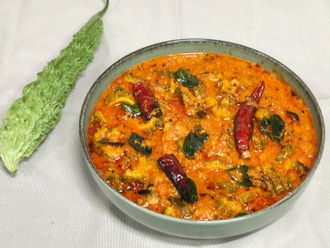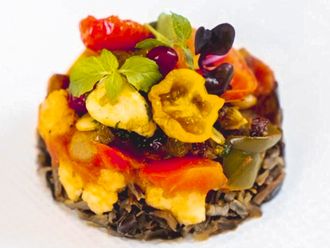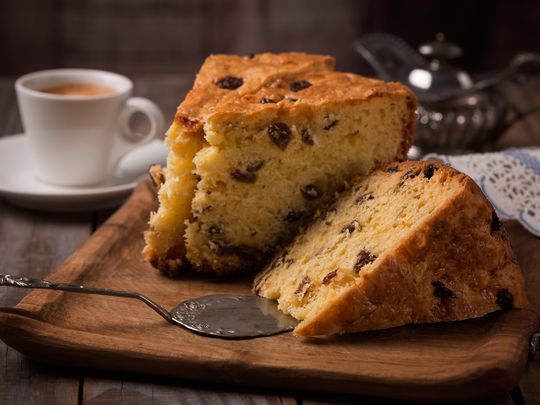
Your fruitcake would be incomplete without them. Your cookies bland, milk-based puddings less sweet and biryanis a little less flavoursome. We are talking about raisins, sultanas and currants – all of which fall under the same category of dried fruits, yet have a distinct purpose.
Traces of their origins can be found as early as 2000 BC in Egypt and Iran when humankind accidentally found their grapes dried out on their vine. However, it took a long time before they determined which grape genus would work best to produce ‘true’ raisins.
In addition to this, records also show that the Greeks and Romans decorated chapels and shrines with raisins as well and these were given to competitors as awards during sporting events. As time passed, raisins grew popular, taking on a different name the world over. It was then when the Phoenicians and Armenians took the baton forward to introduce viticulture – the process of cultivating and collecting grapes.
Spain and Greece had the ideal climate, so cultivation was no struggle. By the 11th century, raisins had become a token of triumph, so much, so that knights returning from their crusades brought in raisins every time. In the 18th century, Isabella I of Castile (the queen of Spain), had sent ministers to Mexico to teach the natives about religion. The preachers returned fully educated about viticulture from Mexicans and used the knowledge to make sacramental beverages.
Now that this tiny history lesson ends, let’s get to the part of differentiating between raisins, sultanas and currants. Worry not; we have you covered so that you can be better prepared while baking this year’s holiday gateaux.
What are raisins?
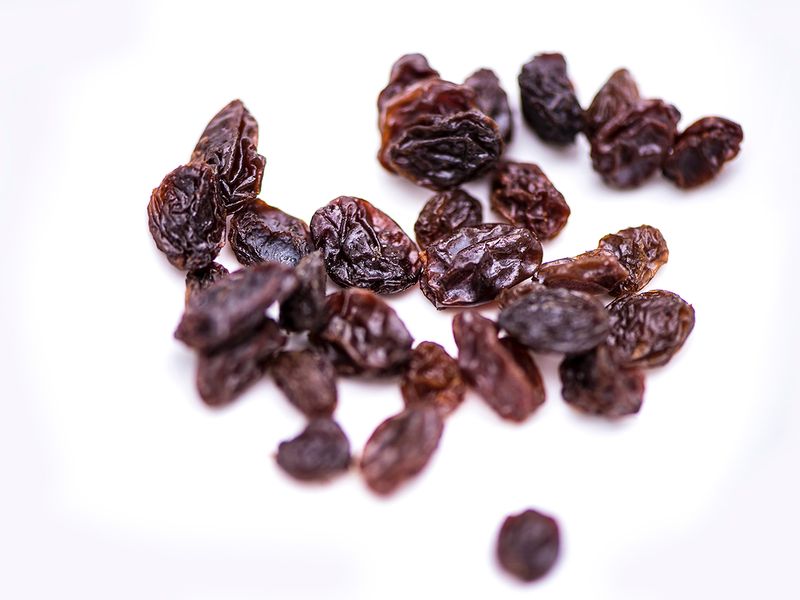
Raisins are dried fruit made from a seedless variety of dark grapes, which takes approximately three weeks to wither into a darkened hue. They are quite chewy, although they can turn crunchy when old or stale. The word ‘raisin’ comes from the Latin word racemose, which is a loanword from the French, meaning a cluster of grapes or berries.
What are sultanas?
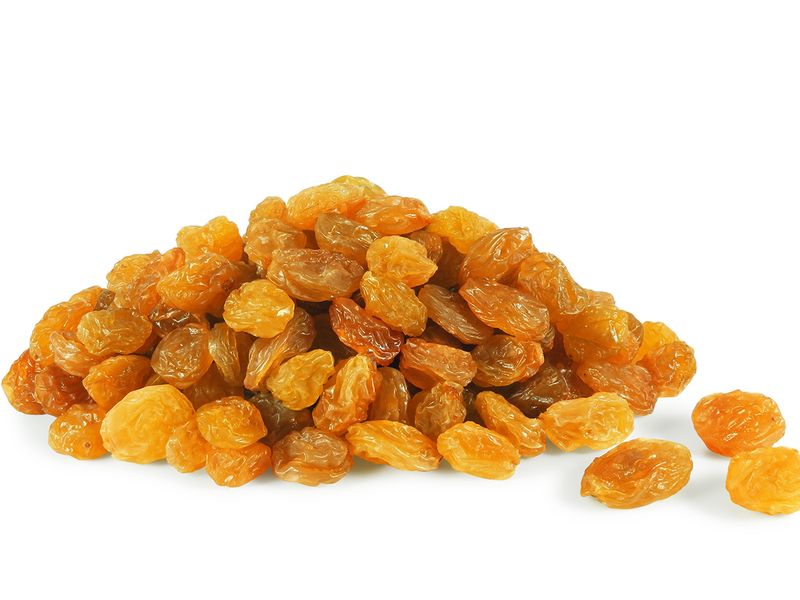
Sultanas, also known as Thompson Seedless, are from green seedless grapes. They were first discovered by the ‘sultan’ of the Ottoman Empire, hence the name. The story of how it came to be is short: the sultan of the time was on his regular visit to inspect the grape harvest, when he was told of a tiger on the loose. The sultan immediately abandoned the harvest, leaving them out to dry for a long period. On his return, he noticed that the grapes had not turned bad, instead tasted sweeter, had a golden hue and were smaller.
The name ‘Thompson Seedless’ was given to sultanas in the West after it took inspiration from viticulturist William Thompson.
What are currants?
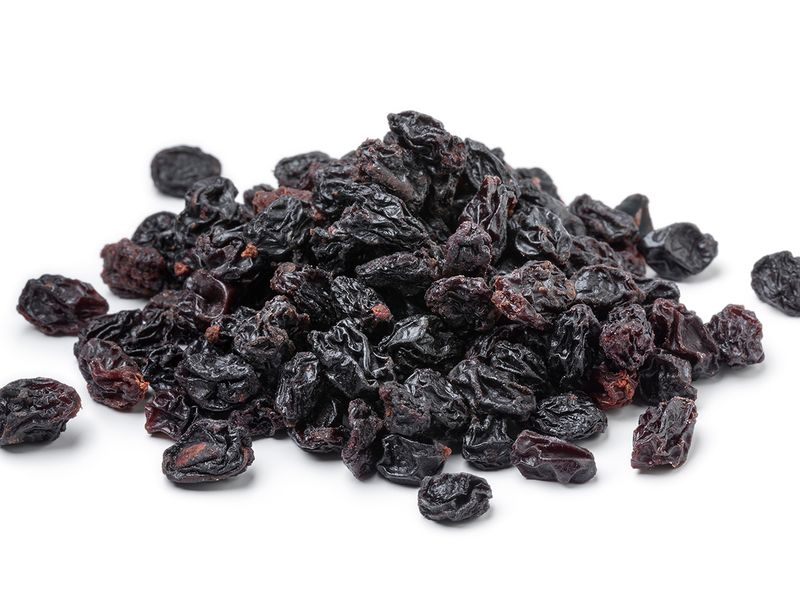
Currants on the other hand, are very small dried, seedless grapes similar to raisins. Also known as ‘Zante currants’, ‘Black Corinth’ and ‘Carina’, currants have a distinctly tangy and sweet taste. In 1911, the commercial cultivation of black currants, which is a completely different berry largely used for medicinal purposes, was banned, as it was believed that it was spreading a disease that affected the US timber industry. Shortly thereafter, Greece started exporting ‘Zante currants’, small, dried grapes and when the first shipment arrived, the word ‘Corinth’ was mistakenly called ‘currant’.
Since true currants were banned, people eventually called Zante currants as currants alone. Today, as you shop for a bunch, you are most likely buying Zante currants as true currants are quite hard to find and are known as black currants.
Are they interchangeable?
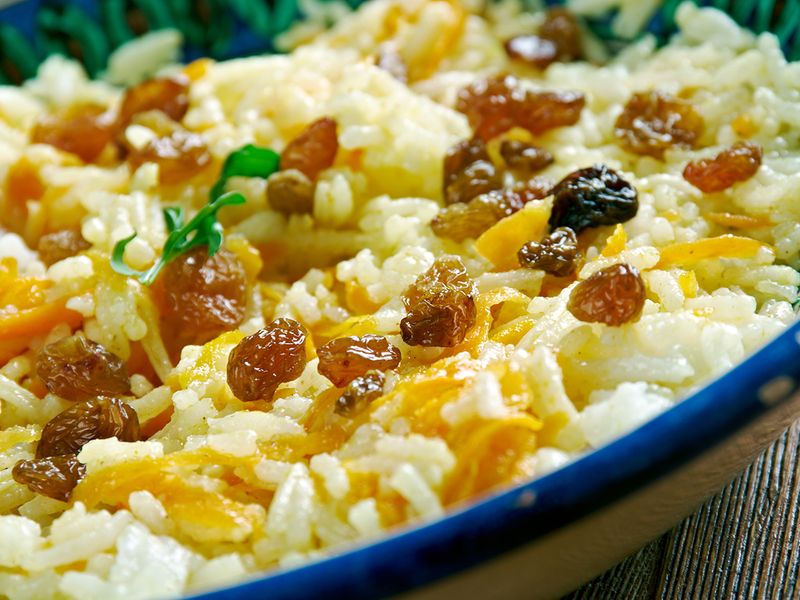
Some would say all of three makes for good substitutes, but it depends, as they have different drying processes.
Raisins take three weeks to be naturally dried and often have a dark colour, and can be made with a variety of grape types. In sultanas, the grapes have to undergo a different drying process altogether. They are dipped in a solution and then placed in large dehydrators. They only take a few days to dry when compared to naturally dried raisins, hence the light golden colour.
Currants, when dried, grow smaller and pick a tangy yet sweet flavour as mentioned earlier. They are the smallest when compared to raisins and sultanas.
The Food team spoke a few UAE chefs who weighed in on the same along with the benefits. Chef Shardul Kulkarni of Ajman Saray by Marriott said: “Raisins, currants and sultanas form an integral part of some recipes within Indian and Middle Eastern cuisines, whereby they are used to add sweetness to a dish and, in certain cases, to lower the sugar content in the recipe. Moreover, these dried fruits, when eaten in moderation helps to improve blood sugar control, aids digestion, a good source of antioxidants.
“They can also be used in various chutneys and fruit compotes or preserves. I've used it in my recipe for tamarind and raisin chutney”
According to head Chef Ashish Kumar of Kinara by Vikas Khanna in Dubai, every ingredient has its own significant role in the kitchen. It is the case with raisins, sultanas and currants, which have their own part to play: “All of them are preserved form of grapes, the word ‘raisin’ is reserved for the large dark-coloured dried grape, with ‘sultana’ being a golden-coloured dried grape, and ‘currant’ being a dried small Black Corinth seedless grape. Raisins, sultanas, and currants are different types of dried grapes that are rich in fibre, potassium, and antioxidants. These ingredients add a sweetness and intense grape flavour, which helps to balance the spice of Indian cuisine. In our Chicken Berry Biryani, we use four to five different kinds of currants, which add beautiful pops of colour and sweet, tangy flavours. During the festive season, they are also key ingredients for cakes and bakes.
“It can be interchangeably used as substitutes, as long as it does not affect the colour of the final dish. Substitute with equal amounts of the selected grape in the recipe and it should work perfectly fine. All their varieties have a bright acidic kick to balance out their sweetness, and a reasonable amount of tannins that can make your mouth pucker. Even chopped prunes can be a substitute for raisins or currants.” Try out chef Ashish's recipe for sweet tomato and raisin relish.
For Jessica Queitsch, founder and chef of Alif Café at Expo 2020 Dubai, dried fruits are a symbol of celebration: “Dried fruits are very important in cooking nowadays as they add natural bursts of sweetness without adding any refined sugars. In Arabic dishes, raisins and sultanas are very important to add for special occasions as a topping for rice dishes and adding into stewed meats. They are interchangeable between themselves although currants add more of a sourness but other substitutes include dried apricot, dried prunes and dates.”
For Executive Chef Joao Garcia of Gates Hospitality, dried fruits bring a sense of freedom whilst cooking: “Cooking with dried fruits such as raisins and sultanas give us the freedom to cut on other seasonings like salt and sugars. Raisins and sultans are a great combination with rice, meat, lamb and sweets, the usage of these ingredients in the kitchen over the years start to be more and more common…. Using sultanas are our escape to reduce the quantity of sugar in the desserts, the content of natural sugar in the sultanas are enough to reduce at least in 3 to 4 per cent of the quantity of sugar. Raisins are a great addition to main dishes because of the properties of antioxidant and enzymes, which is helping with a lot of health issues.”
When should I use a raisin, a sultana and a currant in my food?
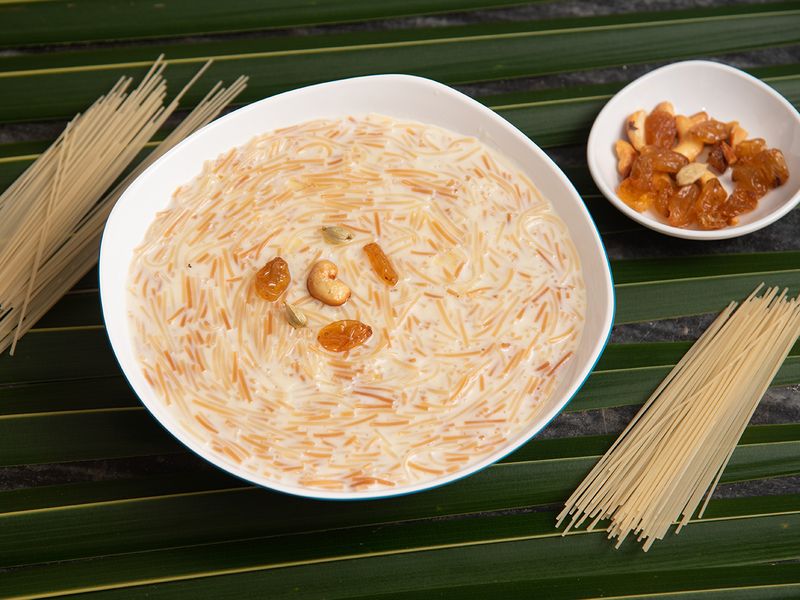
Raisins and sultanas taste best when paired with sweet and savoury, mild or spicy flavours. Cinnamon, vanilla and citrus flavours also work well. Due to the flavour base it brings to a dish, you can enjoy ethnic and savoury dishes like tahta dajaj, steak, bobotie, navratan korma and other sweet recipes like butterscotch raisin cake, pineapple kesari, vattayappam, parippu payasam.
As for currants, use them fresh in fruit salads, or as garnishes for desserts. Currants are also delicious with meat and can be cooked into a simple sauce that works when paired with duck or venison.
If you are looking for dishes that use raisins, sultanas and currants in their recipes, check out the Cooking and Cuisines section to explore our repository. Moreover, if you have a recipe you would like to share with us, email us at food@gulfnews.com






